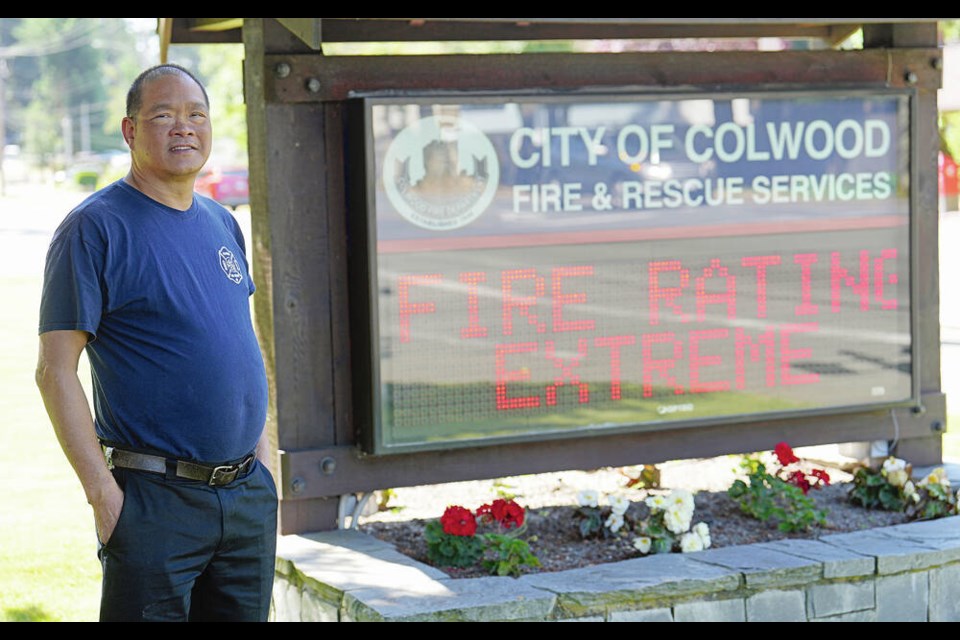It didn’t take many hot July days to dry out the forest floor on southern Vancouver Island enough to trigger an “extreme” fire-danger rating.
And the recent spate of hot weather is not expected to end any time soon in Greater Victoria and other Island communities.
“It’s going to keep drying out those forest fuels and it’s going to get them really susceptible to ignition,” said Sam Bellion, information officer for the Coastal Fire Centre.
Bellion said the extreme fire-danger rating is in effect from Victoria to Shawnigan Lake, and from the Hillbank area of Duncan to Nanaimo — including Gabriola Island.
Most of the rest of the Island is rated “high” for fire danger, and that won’t change without a good dousing of rain, Bellion said.
“You really need sustained precipitation that we have not had all of July to make a dent.”
Colwood Fire Rescue Assistant Chief Greg Chow said the public needs to be aware of the extreme fire danger — especially those who think it’s still OK to have a beach fire even though a campfire ban is in effect.
“People that are new to the area, they just think they can go down and have a beach fire,” Chow said. “Well they can’t. We don’t permit beach fires at any time throughout the year, let alone in these conditions.”
Despite the tinder-dry conditions, the wildfire season on the Island has been relatively quiet so far — the only current activity is an under-control blaze on the grounds of the Harmac mill at Duke Point that is suspected to be human-caused.
Assistant Fire Chief Stuart Kenning of Nanaimo Fire Rescue said the fire is largely contained to hot spots and is now being dealt with solely by mill staff.
He said the blaze was in a decommissioned dump site with hog fuel and other substances that are hard to fully extinguish.
“It’s probably going to smoke and smoulder for the next month until the weather changes,” Kenning said.
While campfires are banned, cooking stoves and campfire devices fuelled by gas or propane that meet regulations can still be used, although their flame height must be less than 15 centimetres to be permitted under the Wildfire Act.
>>> To comment on this article, write a letter to the editor: [email protected]



